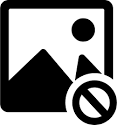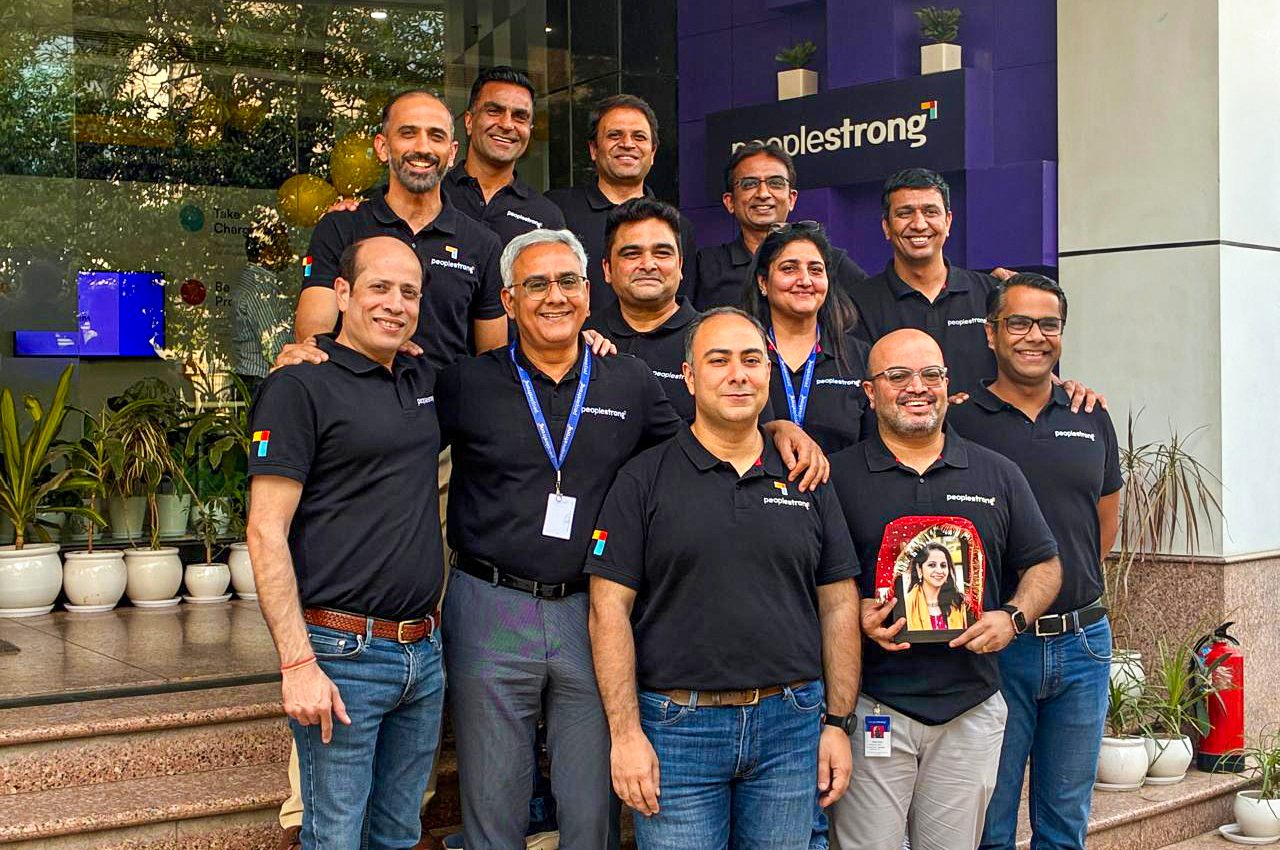Introduction
Business software delivery models have evolved tremendously over the last decade, from On-premise implementations to off-site hosting to Software-as-a-Service (SaaS). The adoption of SaaS is quickly emerging as the preferred model for technology today and for the future.
As per Afdel, in 2018, 60% of software distribution for all sectors will be in SaaS mode. Cloud services continue their global growth at a rate of 16.6% per year. 60% of providers take advantage of the SaaS subscription model to generate a significant proportion of revenues.

Based on a research done by PWC, more than 35% of the HR organization are focused on HR Technology. Approximately 68% of the total organizations have at least one process on the cloud. The intent has always been to have less ownership and dependence on internal IT, have a lower cost of ownership, take advantage of software innovations, quick release cycles and not to manage the infrastructure internally.
Most enterprises are evaluating whether or not hosting applications on the cloud is the right path. The answer to this difficult question really depends on the state of technology of the company and the complexity of operations. For example, a brand new company may consider a “Cloud First” model where all infrastructure and applications would be targeted on the cloud. This greatly simplifies the IT model for the company and allows a new company to leverage a pay-for-consumption based model. Even enterprises with legacy applications and investments in existing data centres have started evaluating cloud based applications.
Despite a growing track record of success, software as a service is still misunderstood by business decision-makers.
It still tends to be overlooked due to misconceptions that are perceived by those that are fearful of adopting it. Here we will review some of the common myths of SaaS.
SaaS is a peripheral trend
Software as a service is definitely an alternative to the standard software installation in the business environment where a user has to build the server, install the application and customize it as per the business needs and then manage the same. In SaaS, the user does not pay for the software itself. Instead, it works like a rental. They have the authorization to use it for a period of time and pay for the software that they are using.
As per a survey conducted by Think Strategies, over 90% of the survey respondents who were using SaaS said they were satisfied with the model and planned to renew their subscriptions and expand their use of SaaS offerings. Moreover, they said they would recommend SaaS to their peers. Those are satisfaction and referral levels that traditional software vendors can only dream about.
SaaS is only for Small Companies
This is not true. While a SaaS solution does in fact work well for a smaller company since they may not have resources to support a software system or server requirements, it does not exclude a larger organization with multiple sites or locations. In fact, implementing a solution that is hosted in the cloud will make it easier for a large organization with multiple locations to sustain.
For example, organizations no longer need to manage multiple site installations, while maintaining different release versions of a traditional On-premise implementation by leveraging instant upgrades, a unique benefit of SaaS. There is no reason large companies can’t reap the same benefits that a small company could.
According to Gartner, by 2016 the majority of SaaS revenue will come from Enterprise customers: 65% from Web conferencing software, teaming platforms and social software suites; 48% from CRM solutions; and 32% from project and portfolio management software. And perceived lower TCO continues to be the dominant reason enterprises are considering SaaS adoption, with 50% of respondents in 2012 noting this as the primary factor in their decision.
Ownership of Data
SaaS contracts state explicitly that the customer owns all of the data, and SaaS vendors have a process to export the data and let customers take it with them should they decide to terminate an agreement. If a SaaS provider’s goal was to take away the customers’ control of their own financial and operational data, we don’t believe that would be a great start to a business relationship. Most solutions provide flexible reporting and web service integrations that allow customers to get access to the data virtually the way they wish. And because it’s stored in the cloud, your data is ALWAYS available, wherever you are, whenever you need it, with a browser and Internet connection.
SaaS is not secure and has poor availability and up time
On the contrary, they are usually more reliable than On-premise solutions. Leading SaaS providers typically offer 99.5% uptime for the services they deliver. You are much more likely to experience downtime if your On-premise software crashes, contracts a virus, or needs an update. According to Alert Logic’s Fall State of Cloud Security Report, On-premise users experience 61.4 data security attacks for every 100 users, vis-à-vis on- cloud users experience 27.8 attacks. Rare and brief service interruptions experienced by big cloud providers like Google Apps or Salesforce.com are widely publicized, enterprise outages last much longer, cost the enterprise more money, and drain IT resources as they try to get systems back up and running. True cloud infrastructures are monitored 24×7 and feature redundancies at every level, as well as load-balancing and clustering.
SaaS cannot be customized as per the needs
This myth alone may be why organizations have looked beyond SaaS and implemented an On-premise solution. SaaS solutions absolutely allow customization of the application to meet your unique business needs. In fact, SaaS solutions have become so advanced that when an upgrade is pushed to the application, it does not affect the features that have been created. The advancement in the architecture of SaaS allows you to configure all your functionalities and features with no change in the source code. The solutions can cater to different industries with the same architecture. The idea is to get the system configured to your needs.
SaaS just offers only one type of solution
In fact, SaaS tools vary in form and function as much as the overall assortment of software available today.
Although all SaaS, by definition, is available via subscription and is designed so a single code base can support multiple users, there are countless ways in which SaaS is packaged and priced. Different organizations can configure functionalities, access privileges, features the way they want to.
Limited Integration
Many SaaS solutions today offer out of the box integrations with leading ERPs like SAP, Peoplesoft. Many SaaS platforms are designed to integrate with in house systems in addition to other cloud based offerings.
SaaS is less feature rich as compared to on premise apps
Cloud applications are designed with the web and the needs of the user base in mind, and are constantly updated in real time based on feedback from hundreds of companies, not only yours. As a result, you have access to new capabilities all the time; the SaaS solution leaves your installed software in a cloud of dust. And, because SaaS must meet the needs of a varied customer base, they tend to be extremely configurable to allow a high degree of reusability without rewriting source code—a process that can send costs through the roof and delay time to deployment.
SaaS isn’t cost effective
SaaS applications brings upto 1.7 times more ROI and 84 % reduction in application cost with ensured vendor software support. Most of the gains can be hard to quantify, because they revolve around increased employee productivity and reduced IT and administrative burden. With installed software, in addition to fees for the initial licensing, you are burdened with paying for upgrades, support, staff training and troubleshooting. For larger deployments, you have to house and maintain the servers on which they run. Plus, since you don’t have to invest a lump sum fee up front, that money stays in circulation and can be used to generate more revenue.
Software as a service is an alternative to the standard software installation in the business environment where a user has to build the server, install the application and customize it as per the business needs and then manage the same.
In SaaS, the user does not pay for the software itself. Instead, it works like a rental. They have the authorization to use it for a period of time and pay for only the period they are using.
Conclusion
The biggest mistake we see people making is when comparing a SaaS product to a free and open source (and therefore On-premise) alternative – time spent. The price of paying for a SaaS product includes a range of things like support, usually ease of initial setup, maintenance, backups and of course ongoing development. These are all things you need to do yourself if you use an open source product but the cost of doing those in terms of the value of your employee’s time isn’t often considered. When you put all those things together, it’s often the case that paying for a SaaS product is significantly cheaper both for the initial cost and in the long term. A good way to think about it is to place a cost on your time per hour as if you were a consultant. Do a rough calculation to see how long it’d take you in time each month and then if that’s higher than the SaaS price, you have a decision made for you!
There are many factors to consider when choosing a deployment method and every situation is indeed unique. We hope the points provided above offer some aspects to consider during your next software purchasing cycle and help guide your decision to making the best choice to realize your business objectives.












